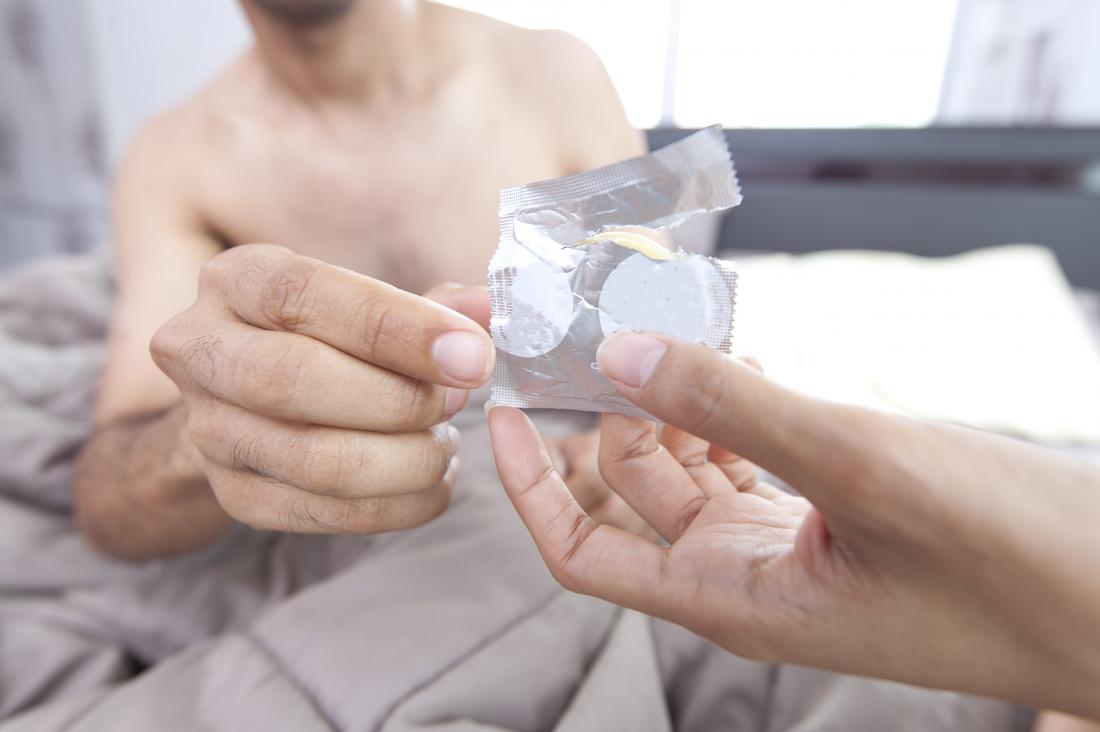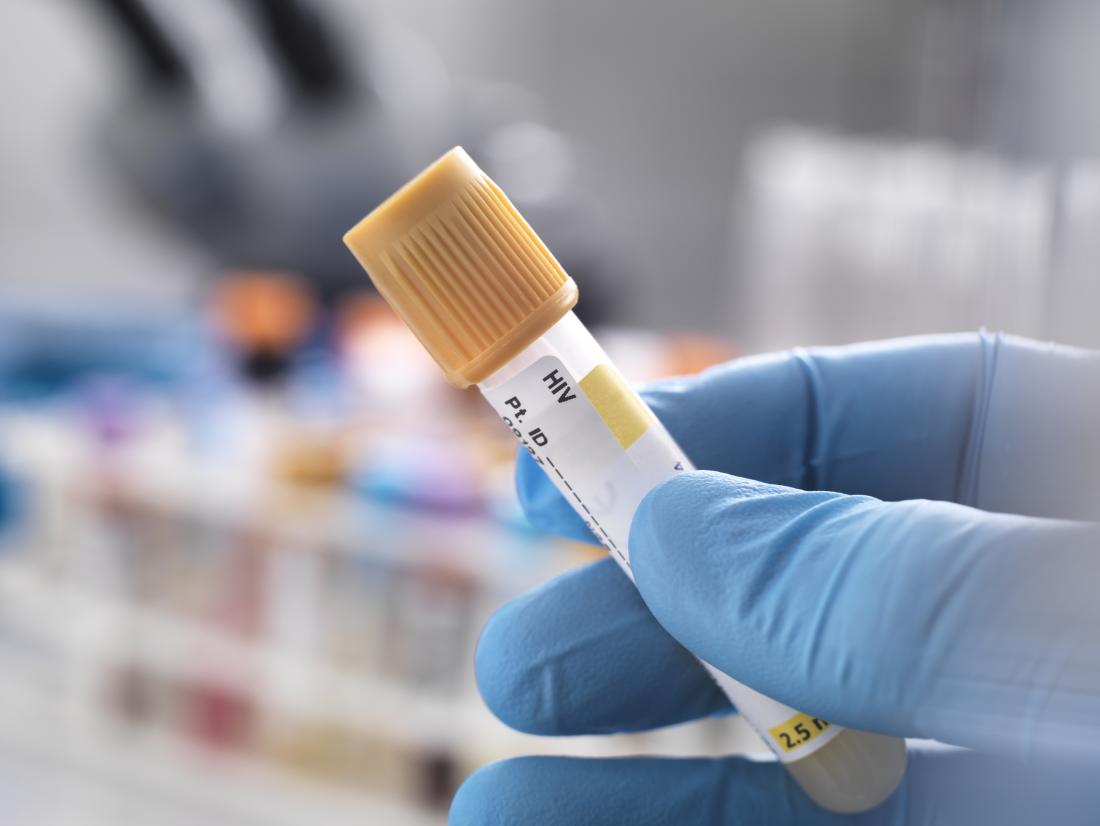In this article, we suggest some next steps for people who have had false-positive HIV test results. We also provide detailed information about the HIV testing process.
A person knows that they have had a false positive when an initial test indicated that they had HIV but a follow-up test was negative.
A false positive typically results from the test incorrectly identifying non-HIV antibodies as HIV antibodies.
What to do after a false-positive result

A person may want to seek support after a false-positive result.
After receiving the initial result, the healthcare provider will perform an additional test to ensure that the result is accurate.
If the second result is also positive, it confirms the presence of HIV.
In this case, a healthcare provider will provide support and information about treatment options.
If the follow-up test is negative, it means that the first test was incorrect.
Below are some tips that can help a person deal with a false-positive result.
Seek support
When a person learns that they may have a chronic condition, it can be stressful or overwhelming, even while waiting to receive the results of the second test.
If the second test returns a negative result, a person may experience conflicting emotions. It can be helpful to seek support during this time, from family, friends, or a partner.
Some people may wish to discuss their emotions with a mental health professional, such as a therapist.
Find the reason for the result
It is important to discuss the cause of a false-positive result with the doctor.
Some false positives stem from technical mix-ups, incorrect labeling, or a person misreading the result.
There can also be medical mechanisms behind false positives.
For example, a false-positive reading may indicate that the person has an autoimmune disorder or another underlying medical condition. In this case, it may be a good idea to investigate further.
Consider repeating the test in a few months
If a person receives a negative follow-up result but thinks that they may have been exposed to the virus in recent weeks, it is important to take another test in 2–3 months.
This is because it takes several weeks for HIV antibodies to reach detectable levels in the bloodstream.
Doctors call the time in which levels of antibodies are undetectable the “window period.” HIV test results are often negative during this period, though the person has contracted the virus.
Take steps to prevent HIV

A person should use condoms during all sexual activity to avoid contracting or transmitting the HIV virus.
Everyone should take precautions to avoid contracting or transmitting the HIV virus. To do this:
- Use condoms during all sexual activity.
- Consider limiting the number of sexual partners.
- Refrain from using oil-based lubricants with condoms.
- Do not share needles if using intravenous drugs.
- Consider male circumcision.
According to the World Health Organization (WHO), medical male circumcision may reduce the risk of heterosexually acquired HIV by 60 percent.
Some people have a higher risk of contracting HIV, including people whose sexual partner or partners have the virus. In this case, taking pre-exposure prophylaxis, or PrEP, therapy can reduce the risk of contracting it.
People who may have been exposed to HIV can take post-exposure prophylaxis, or PEP, medication within 72 hours. This may prevent them from contracting the virus.
HIV testing
Healthcare providers usually test for HIV with an immunoassay. This detects HIV antibodies and proteins in the bloodstream.
The immunoassay requires a blood sample. Results may be available in minutes, or they can take up to a week, depending on the type of blood sample.
Due to the risk of inaccurate results, healthcare providers repeat the test to confirm the initial finding, according to WHO best practices. They may use the original blood sample or a new one.
People with a high risk may undergo a different type of HIV test called a nucleic acid test, or a NAAT. These are expensive and so are not routinely used for HIV diagnosis.
Inaccurate results
False-positive results are uncommon, according to the Centers for Disease Control and Prevention (CDC).
The CDC also estimate that the specificity, or accuracy, of testing is 99.6 percent.
The other type of inaccurate result is a false negative. It occurs when an initial result is negative, but subsequent testing indicates that the person does have the virus.
False negatives usually occur in the early stages of HIV, before detectable levels of antibodies build up in the bloodstream.
Who should get tested for HIV?

Experts recommend HIV testing for everyone aged 13–64 years.
The CDC recommend that everyone ages 13–64 get tested for HIV at least once. Those at high risk should undergo annual testing.
Men who have sex with other men may wish to consider getting tested more frequently, possibly every 3–6 months.
Factors that increase a person’s risk of contracting HIV include:
- having sex not protected by condoms
- sharing needles and other drug equipment
- having sex with a person who has HIV or is at high risk of HIV
- having another sexually transmitted infection
- being an uncircumcised male
Pregnant women should undergo HIV testing so that they can receive treatment if the results are positive. Receiving treatment during pregnancy reduces the risk of transmitting HIV to the baby.
Takeaway
A false-positive HIV test result can cause conflicting emotions. It is important to discuss the reasons for the inaccuracy with the healthcare provider and ask about options.
Everyone should receive HIV testing at least once. Pregnant people and those with increased risk should undergo testing more often.
For people in the United States, this CDC locator can help identify nearby HIV testing.
To prevent the virus’ transmission, use a condom during sexual activity, refrain from sharing needles, and consider male circumcision.
